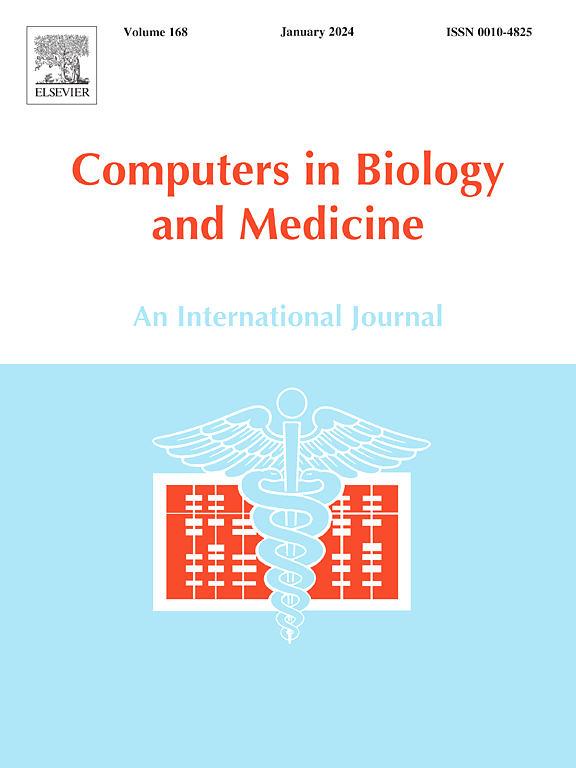Optimized fine-tuned ensemble classifier using Bayesian optimization for the detection of ear diseases
IF 7
2区 医学
Q1 BIOLOGY
引用次数: 0
Abstract
External and middle ear diseases are common disorders, especially in children, and can be examined using a digital otoscope. Hearing loss can result from delayed diagnosis and treatment which is subjective and error-prone depending on the expertise of the otolaryngologist. For these reasons, deep learning-based automated diagnostic systems are highly needed. In this study, a novel weighted average voting ensemble classifier between MobileNet and DenseNet169 has been developed to diagnose and detect different ear conditions. Bayesian optimization was used to select hyperparameters that gave the best results during the training process. MobileNet and DenseNet169 were fine-tuned by updating the weights of all layers in addition to the newly added layers before fusing them into one ensemble classifier to improve the classification ability of the model and be more specific to our task. This study was performed on a public dataset consisting of 282 otoscopic images. All classes were considered except the Tympanostomy Tubes class for having only two samples. Consequently, the proposed model demonstrated promising results of 99.54 % accuracy and an AUC of 1. Grad-CAM++ saliency maps were employed to highlight the affected area and pertinent features of the otoscopic image. The proposed approach contributes to improving accuracy, decreasing the misdiagnosis rate, and developing an automatic ear disease classification tool.
优化微调集成分类器使用贝叶斯优化耳疾病的检测
外耳和中耳疾病是常见的疾病,特别是在儿童中,可以使用数字耳镜检查。听力损失可由延迟诊断和治疗导致,这是主观的,容易出错,取决于耳鼻喉科医生的专业知识。基于这些原因,我们非常需要基于深度学习的自动诊断系统。在本研究中,MobileNet和DenseNet169之间开发了一种新的加权平均投票集成分类器,用于诊断和检测不同的耳朵状况。在训练过程中,采用贝叶斯优化方法选择最优的超参数。MobileNet和DenseNet169在融合到一个集成分类器之前,通过更新所有层和新添加层的权重来进行微调,以提高模型的分类能力,并更具体地针对我们的任务。这项研究是在282张耳镜图像组成的公共数据集上进行的。除鼓膜造瘘管类只有两个样本外,所有类别都被考虑。结果表明,该模型的准确率为99.54%,AUC为1。采用grad - cam++显著性图来突出耳镜图像的影响区域和相关特征。提出的方法有助于提高准确率,降低误诊率,开发一种耳病自动分类工具。
本文章由计算机程序翻译,如有差异,请以英文原文为准。
求助全文
约1分钟内获得全文
求助全文
来源期刊

Computers in biology and medicine
工程技术-工程:生物医学
CiteScore
11.70
自引率
10.40%
发文量
1086
审稿时长
74 days
期刊介绍:
Computers in Biology and Medicine is an international forum for sharing groundbreaking advancements in the use of computers in bioscience and medicine. This journal serves as a medium for communicating essential research, instruction, ideas, and information regarding the rapidly evolving field of computer applications in these domains. By encouraging the exchange of knowledge, we aim to facilitate progress and innovation in the utilization of computers in biology and medicine.
 求助内容:
求助内容: 应助结果提醒方式:
应助结果提醒方式:


